AAGP® bioactivity and potency assays
Anti-aging glycopeptides (AAGPs are small, stable synthetic replicas of antifreeze glycoproteins (AFGP) that have been found to have protective properties over cells in nature. With this in mind, the aim with our bioactivity and potency studies was to investigate the effects of a range of AAGP® concentrations on cell lines under various conditions. See the results of our studies.
Skin cell proliferation
AAGP® Increases Survival of Keratinocytes Under Normal Growth Conditions
Anti Aging Glycopeptides (AAGPs®) are small, stable synthetic replicas of Antifreeze Glycoproteins (AFGP), which have been found to have cell protective properties in nature.
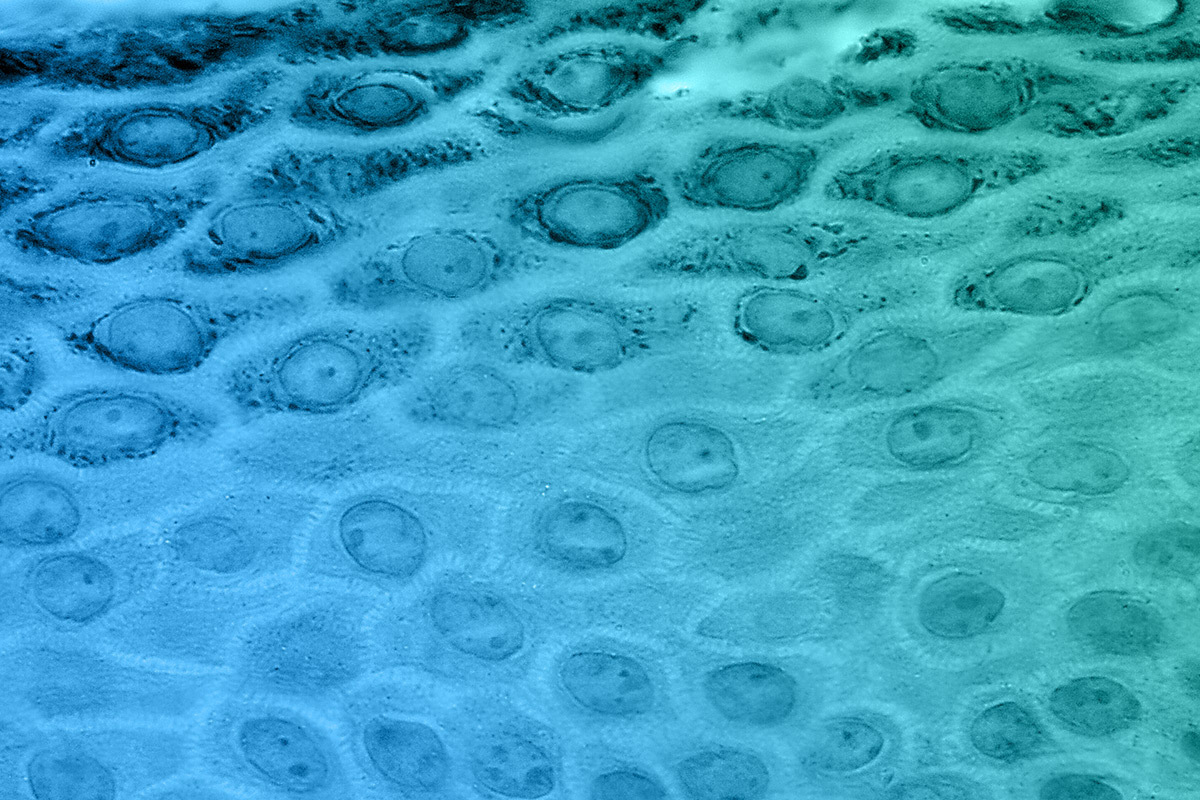
Temperature and cryopreservation
AAGP® Protects Human Neonatal Skin Fibroblasts Against Low Temperature (-3°C and 3°C) Induced Cell Death
a series of experiments mimicking cell stress conditions (pH, oxidative stress, low temperatures and time) were conducted to challenge both human adult and neonatal fibroblasts exposed to AAGP™ in comparison to human adult and neonatal fibroblasts not exposed to AAGP®.
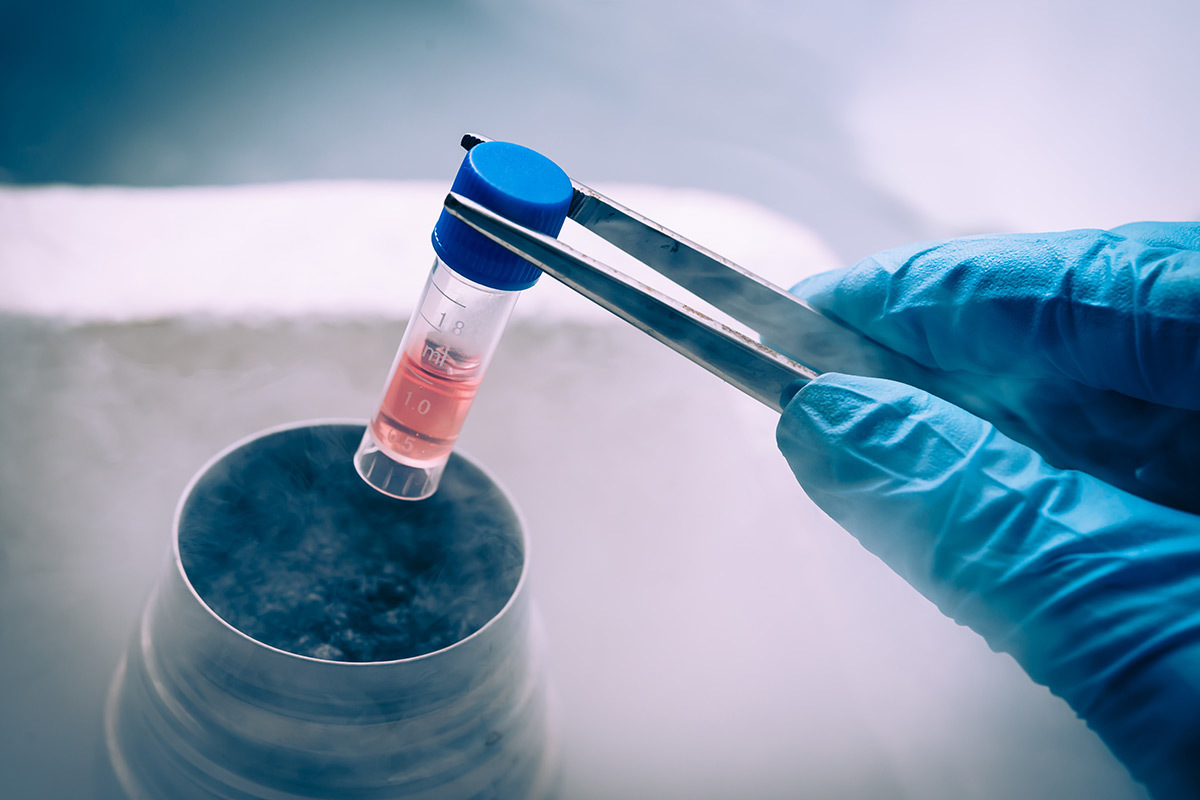
Effect of AAGP® on Preservation of Blood Platelets at 22°C, 15°C and 4°C
The maximum time for platelets preservation is currently 5 days. The aim of this experiment was to assess the affect of AAGP® on preservation of blood platelets as a separate fraction from whole blood.
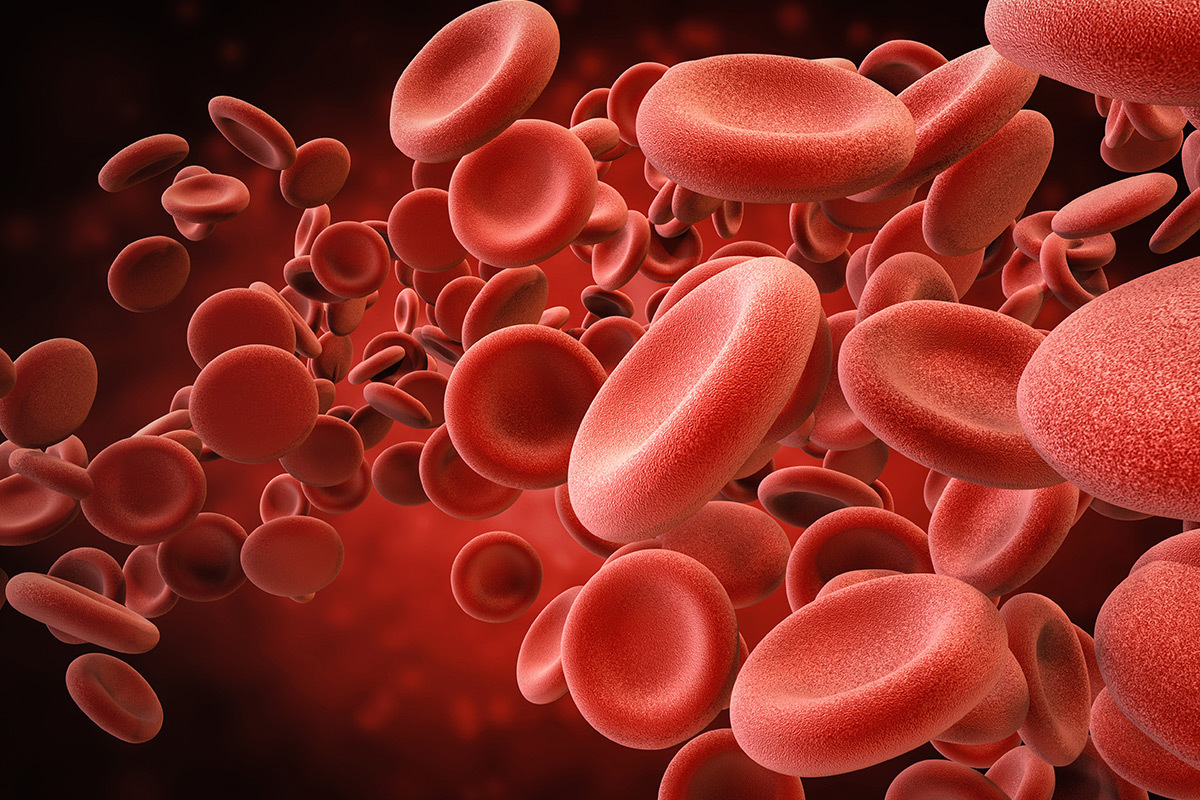
Is AAGP®'s Bioactivity pH Dependent?
A series of experiments mimicking cell stress conditions (pH, oxidative stress, low temperatures and time) were conducted to challenge both human adult and neonatal fibroblasts exposed to AAGP® in comparison to human adult and neonatal fibroblasts not exposed to AAGP®.
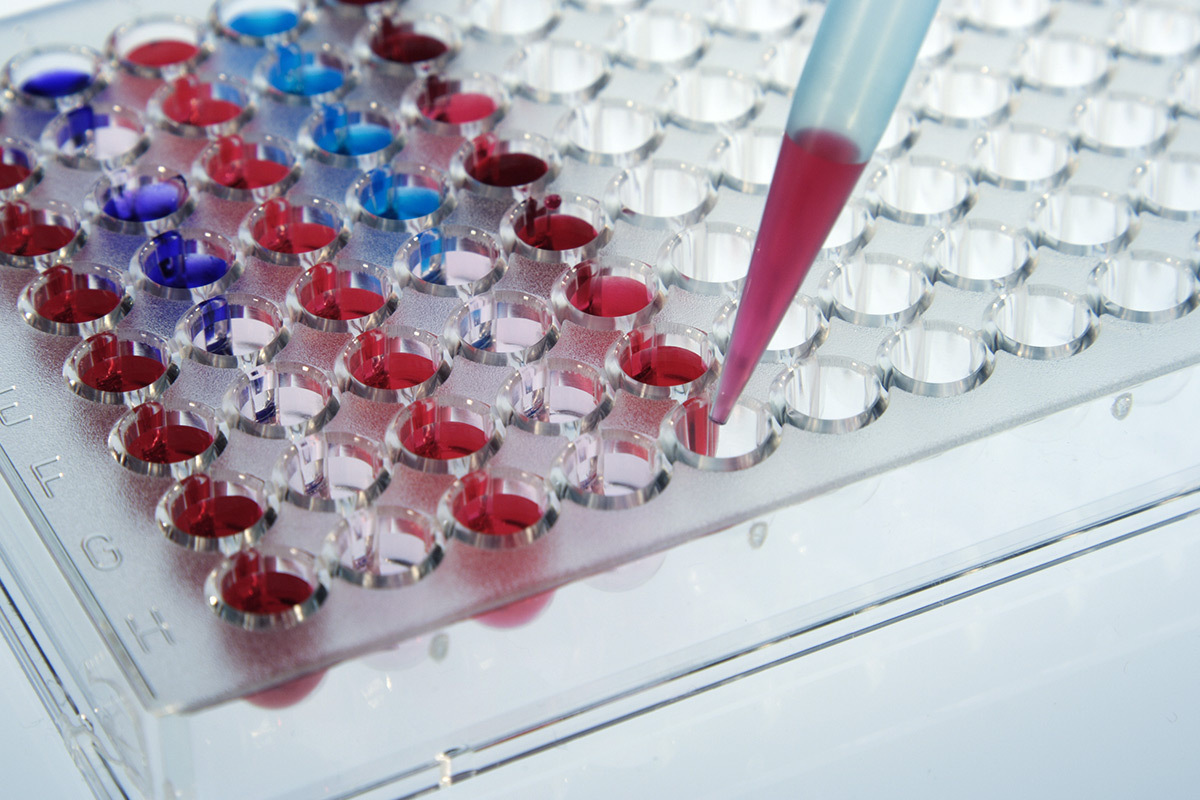
Evaluation of AAGP® as a Protective Agent in the Cryopreservation (-196°C) of Processed Cord Blood
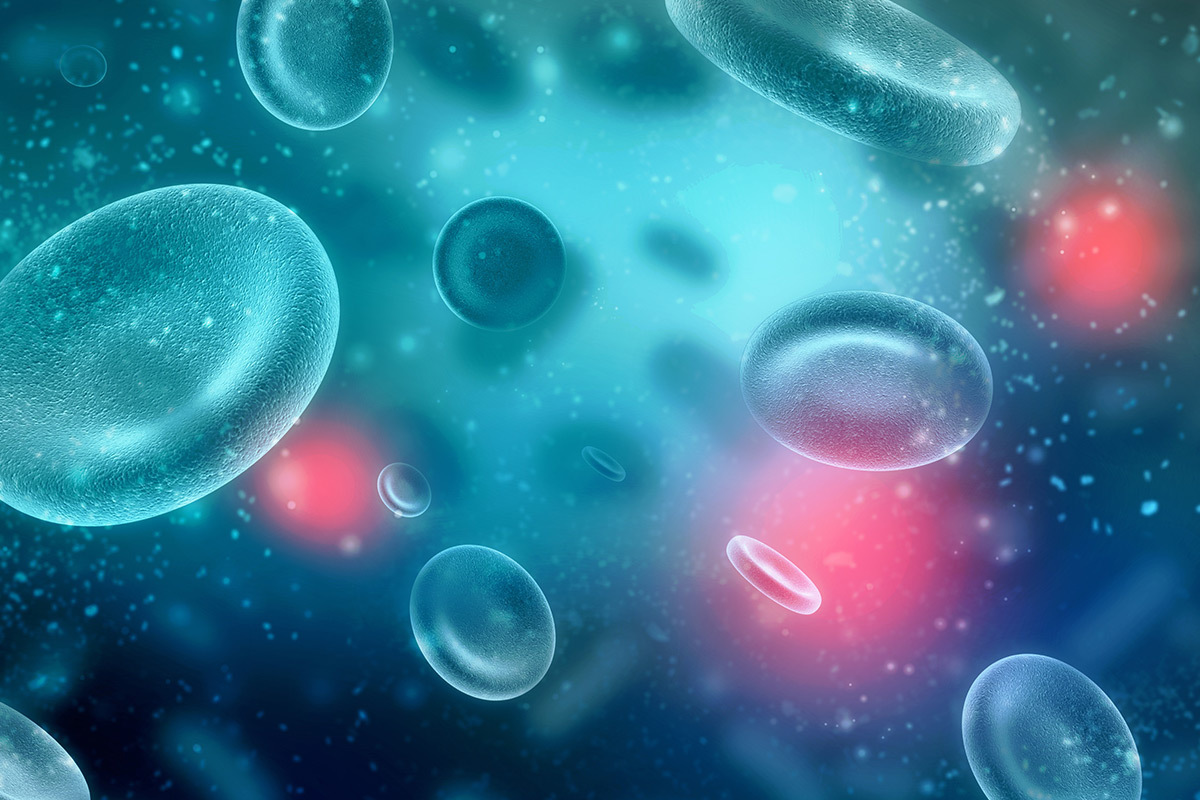
AAGP® Protects Mouse Embryonic Stem Cells (E14K) During Cryopreservation
The aim of this investigation was to determine the optimal AAGP® concentration for the protection of mouse embryonic stem cell (E14K) during cryopreservation.
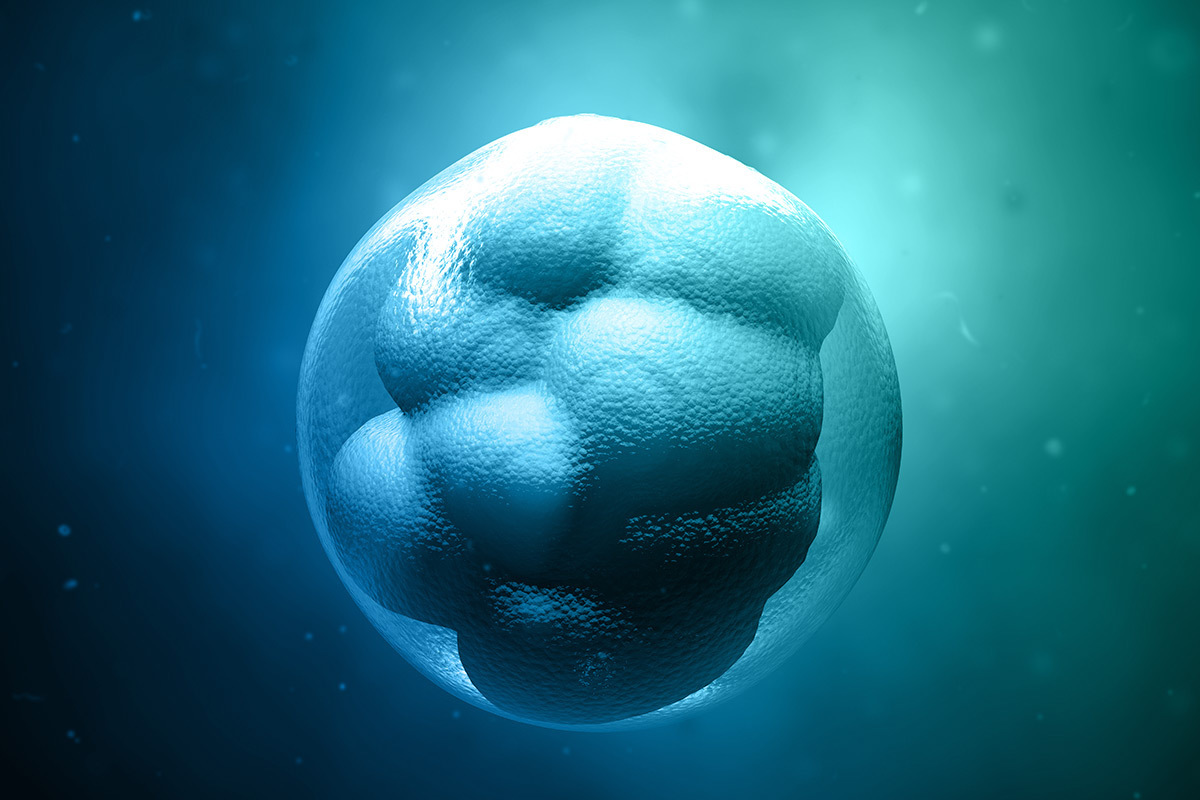
Effect of AAGP® on Maintaining Stem Cell Function in Mouse Neural Stem Cells During Cryopreservation
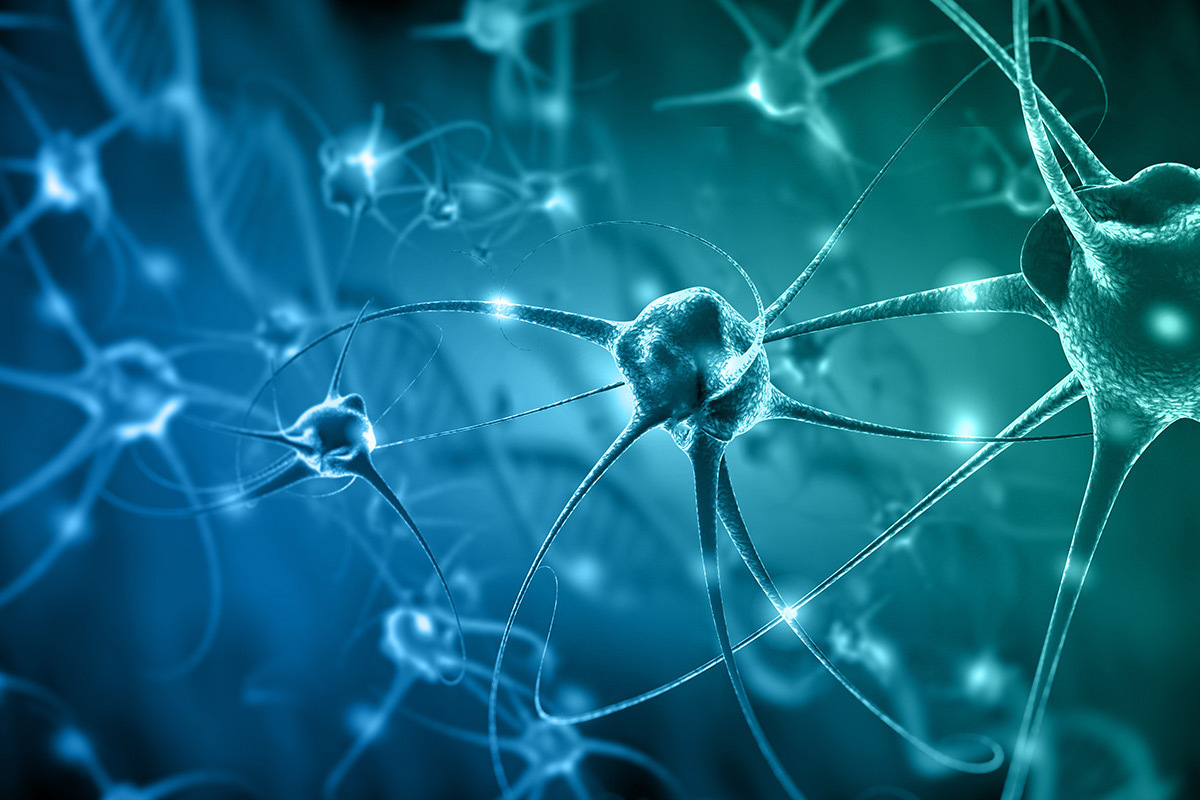
Effect of AAGP® on Preserving Cell Survival Number in Human and Mouse Neural Stem Cells During Cryopreservation
The aim of this investigation was to address the effectiveness of AAGP® in maintaining human and mouse stem cell number during cryopreservation.
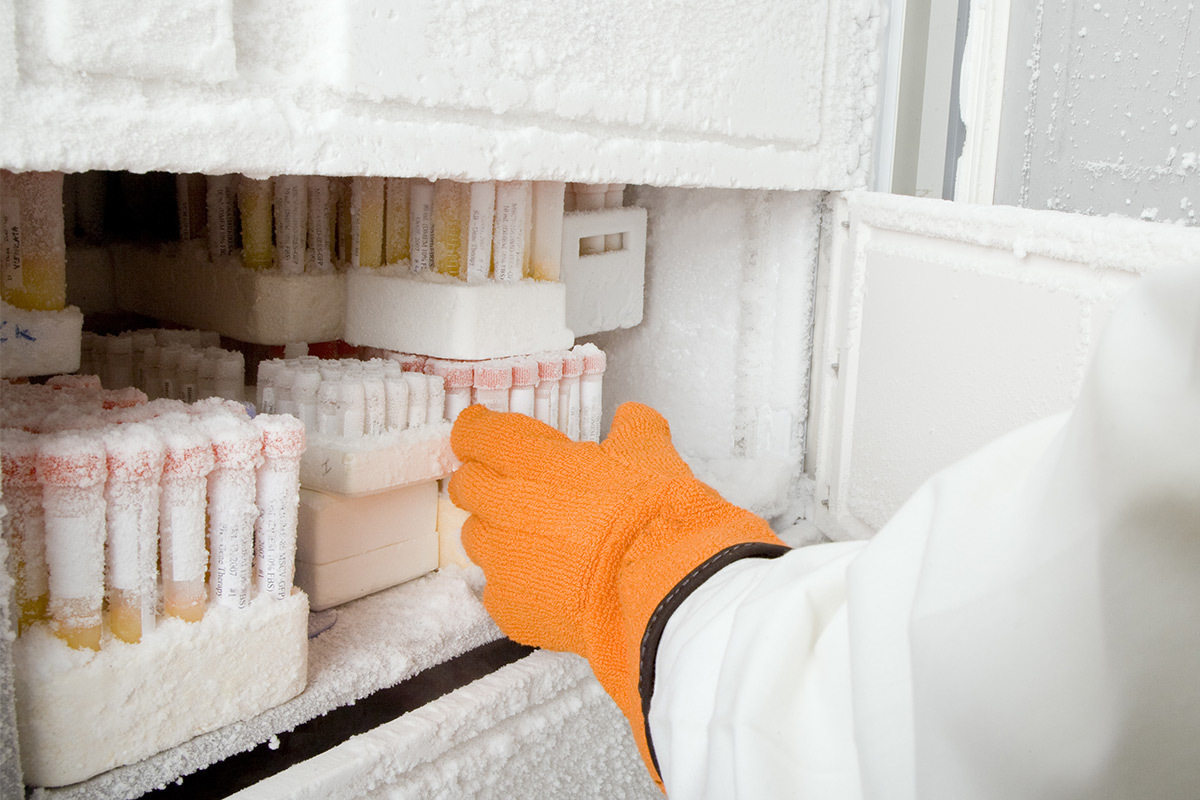
Effect of AAGP® on Maintaining Stem Cell Number and Function in Mouse Neural Stem Cells During 4°C Refrigeration for Two Days
the aim of this experiment was to investigate if the apparent protective properties of AAGP® were affective when cells were exposed to refrigeration (4°C) for two days.
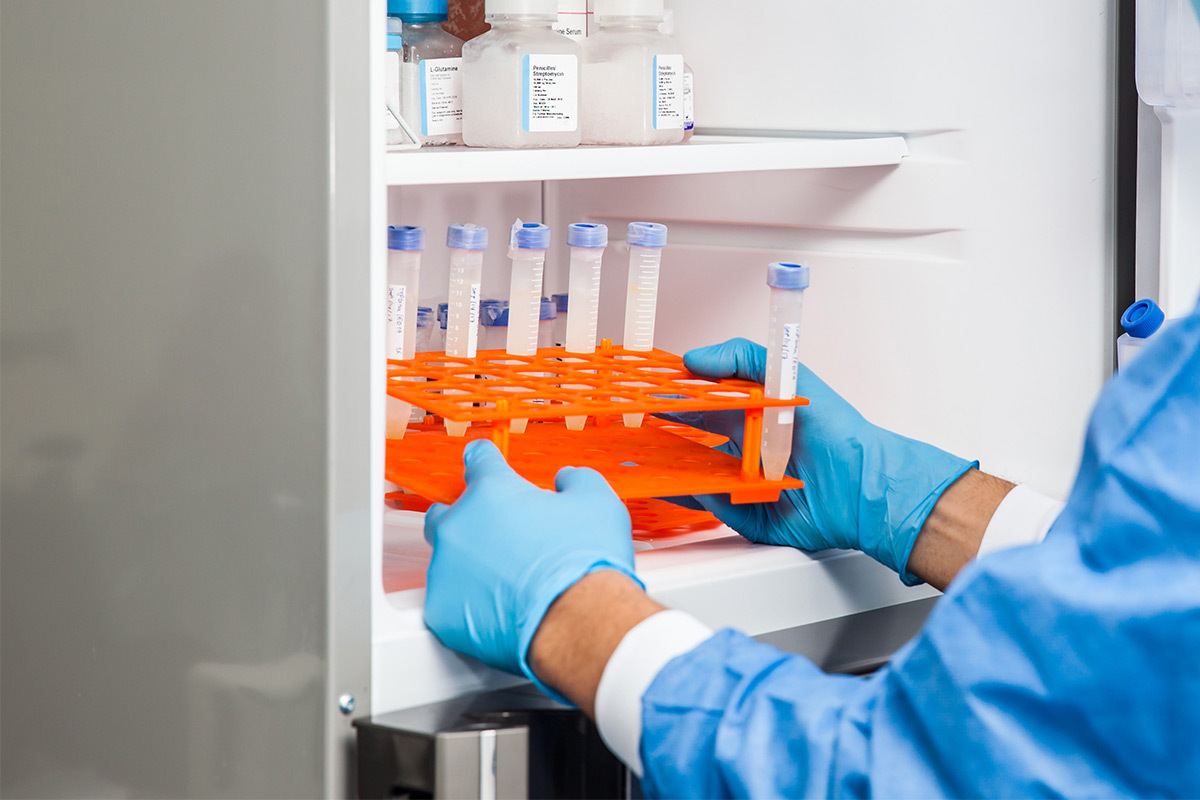
Oxidative stress
AAGP® Protects Human Adult Fibroblasts Against Oxidative Stress (Hydrogen Peroxide and UV) Induced Cell Death at 37°C
a series of experiments mimicking cell stress conditions (pH, oxidative stress, low temperatures and time) were conducted to challenge both human adult and neonatal fibroblasts exposed to AAGP® in comparison to human adult and neonatal fibroblasts not exposed to AAGP®.
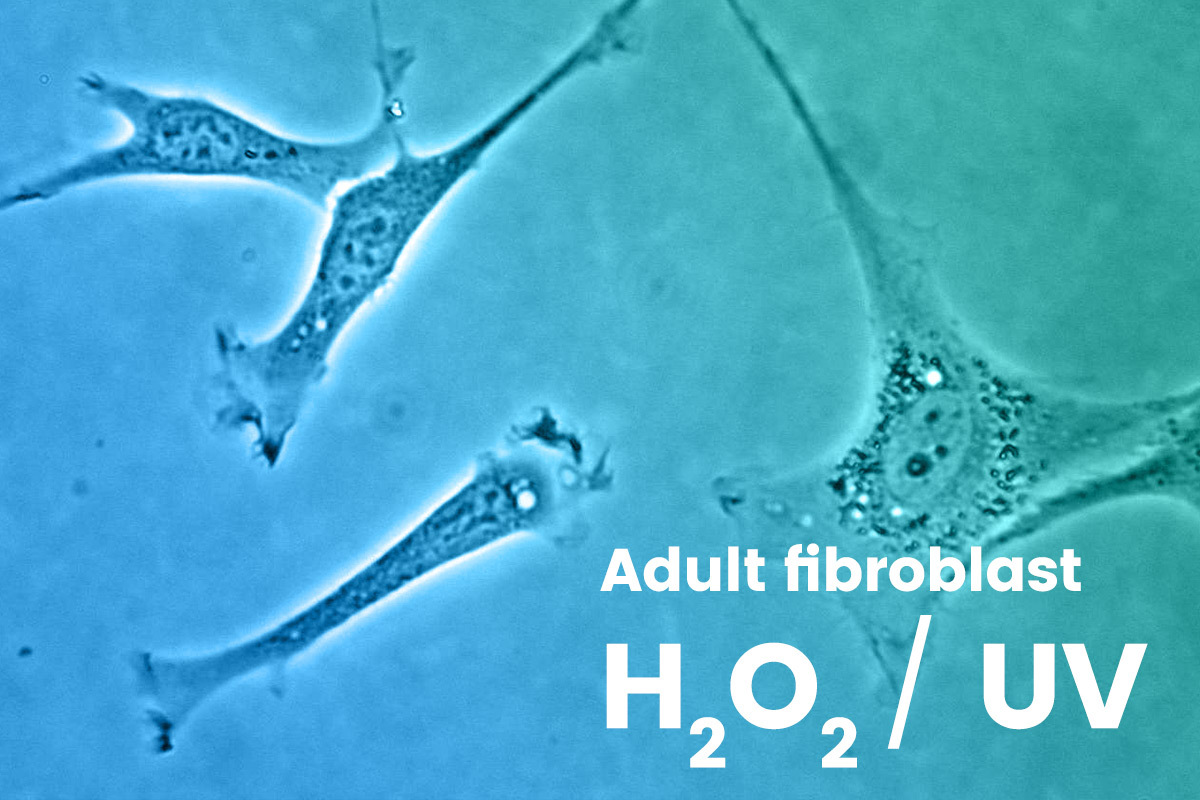
Protective Effects of Low Concentrations (1 and 5 mg/ml) of AAGP® on Oxidative Stress (Hydrogen Peroxide and UV) Induced Death in Human Adult and Neonatal Fibroblasts at 37°C
Previous results have demonstrated strong preservative effects of AAGP® on skin fibroblasts exposed to H2O2 and UV-C radiation to induce oxidative stress. In those experiments, high concentrations (15mg/ml) of AAGP® were used to get maximal protection of cells.
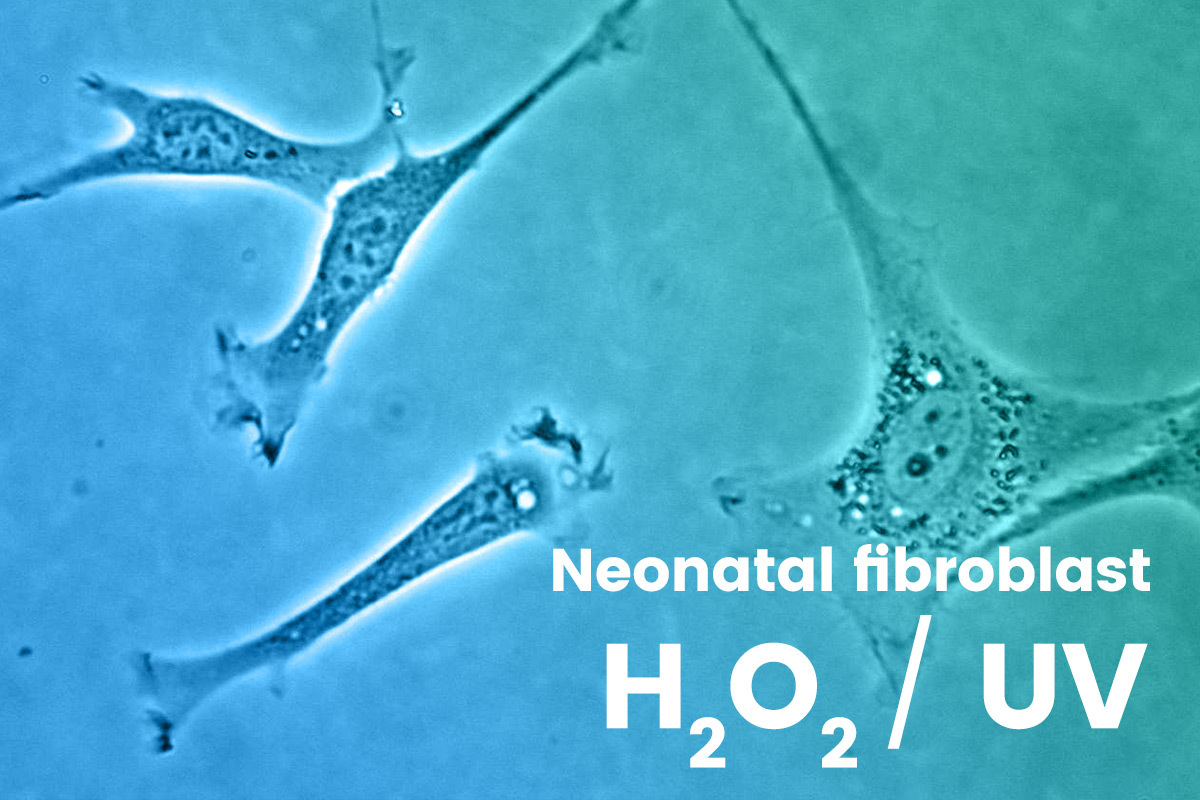
AAGP® has an Additive Protective Effect on Oxidative Stress Induced Cell Death, in the Presence of Coenzyme Q10, in Human Adult and Neonatal Fibroblasts at 37°C
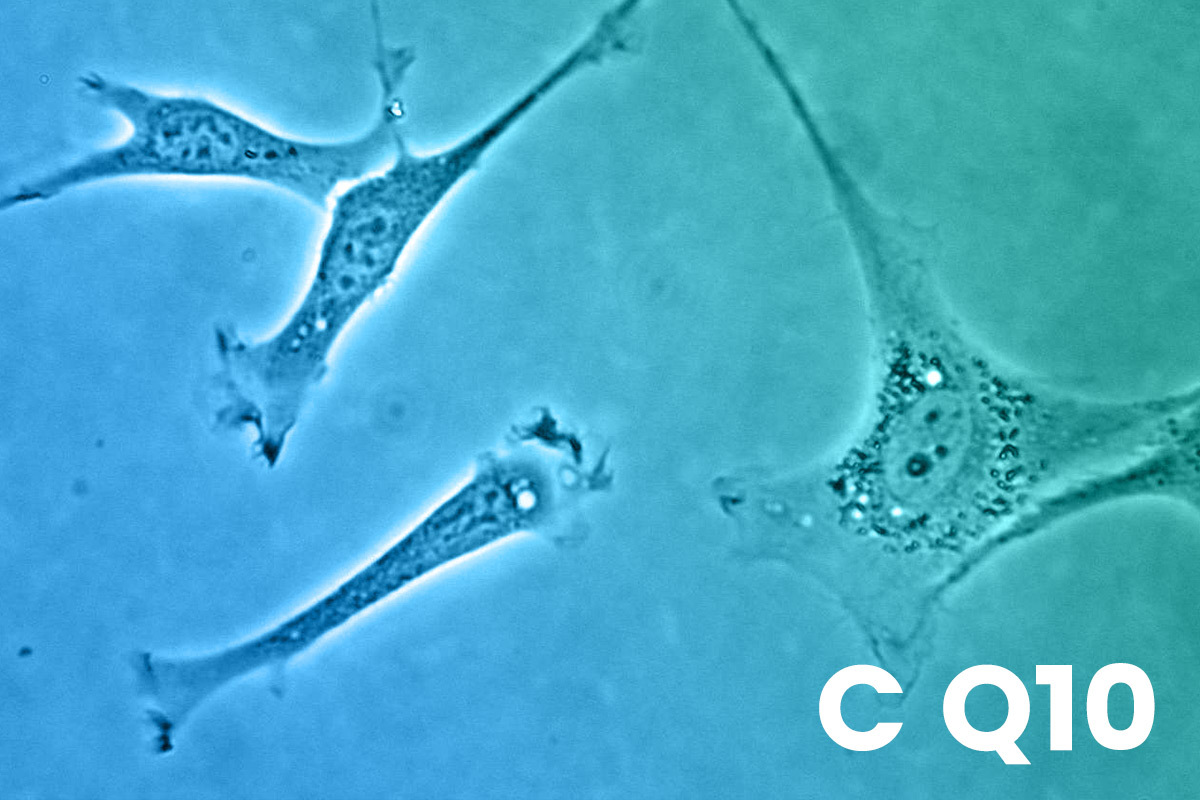
Radiation
An Investigation into the Ability of AAGP® to Protect Against UVA and UVC Stimulated Cell Death
The aim of this investigation was to explore AAGPs® potential to protect both Hela and Adult skin fibroblasts against high intensity UVA and UVC wavelengths so as to both examine its potential and also begin to elucidate its mechanism of action in cell protection.

Inflammation
AAGP® Reduces the Inflammatory Reaction (Cox-2 induction) in Response to an Inflammatory Stimulus (Interleukin-1β)
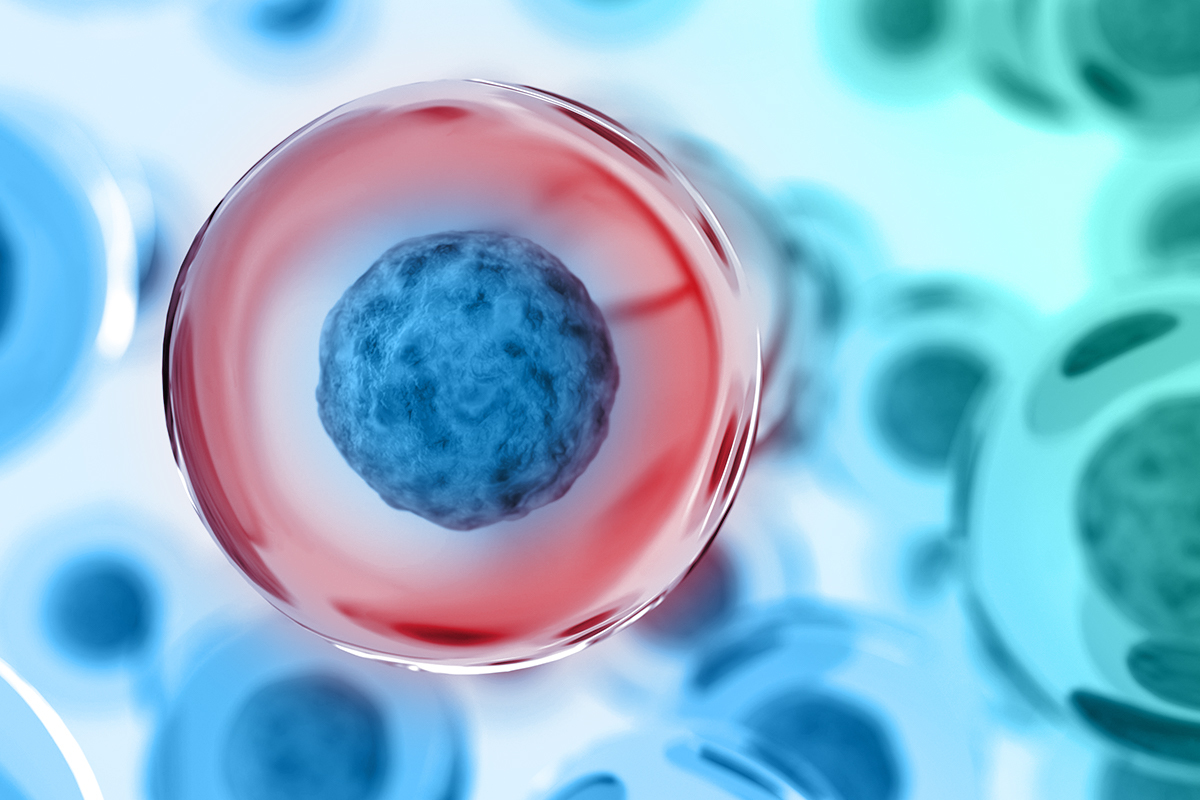
In vivo
Effect of AAGP® on the Functionality of Transplanted Islet Cells in a Diabetic Mouse Model
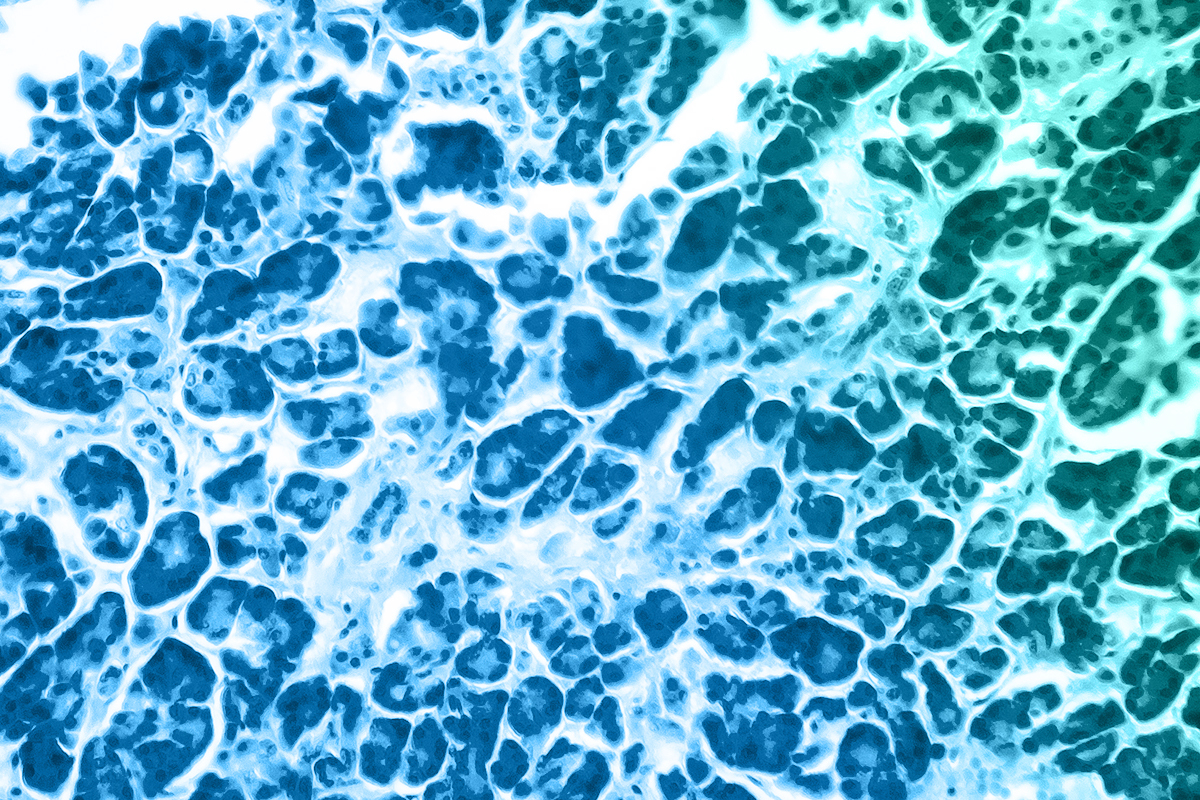
Tested cell lines
Dose, toxicity and pH tests
Our dose and toxicity tests were performed on human keratinocytes under normal cell conditions to test AAGP®’s protective properties.
Create a secure online account and receive timed access to research reports and company information not yet released to the public.

